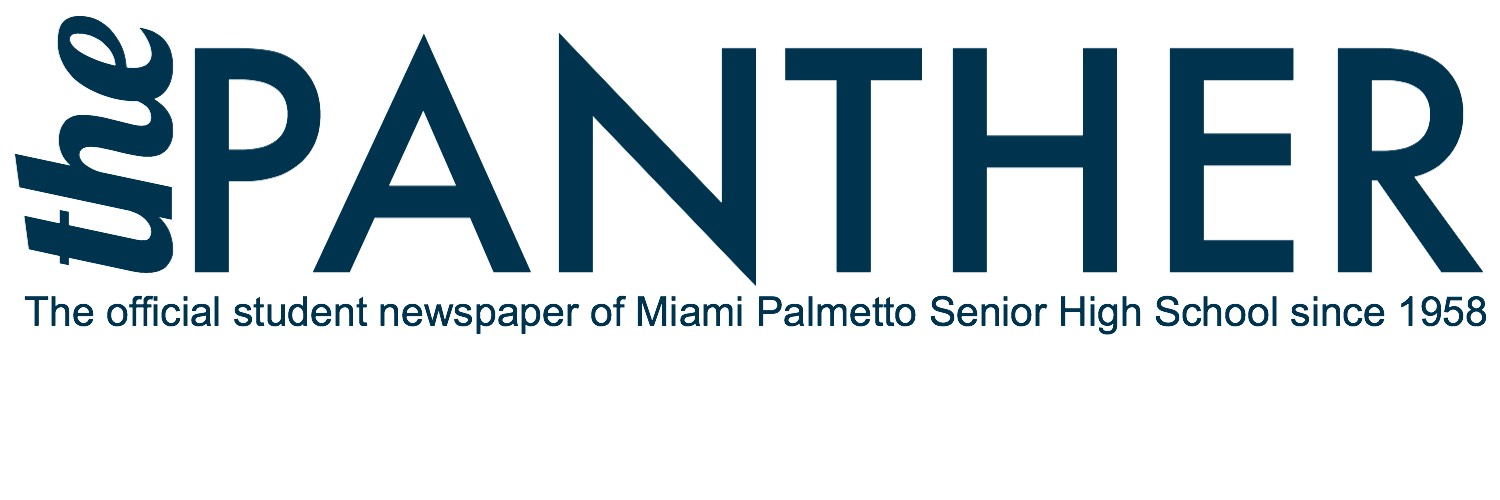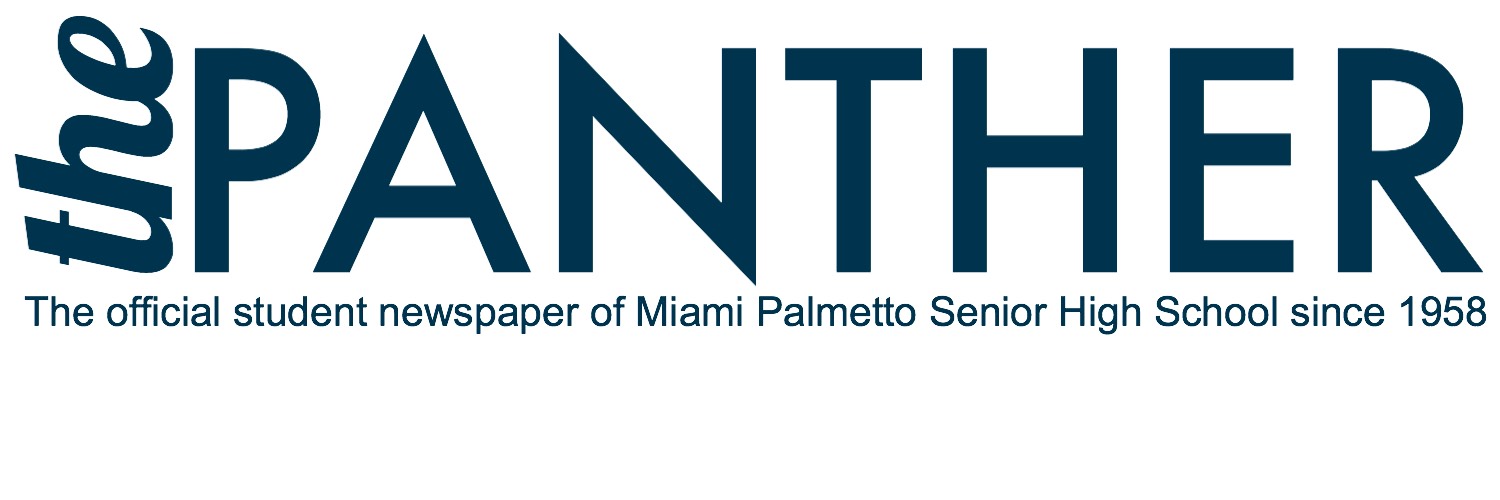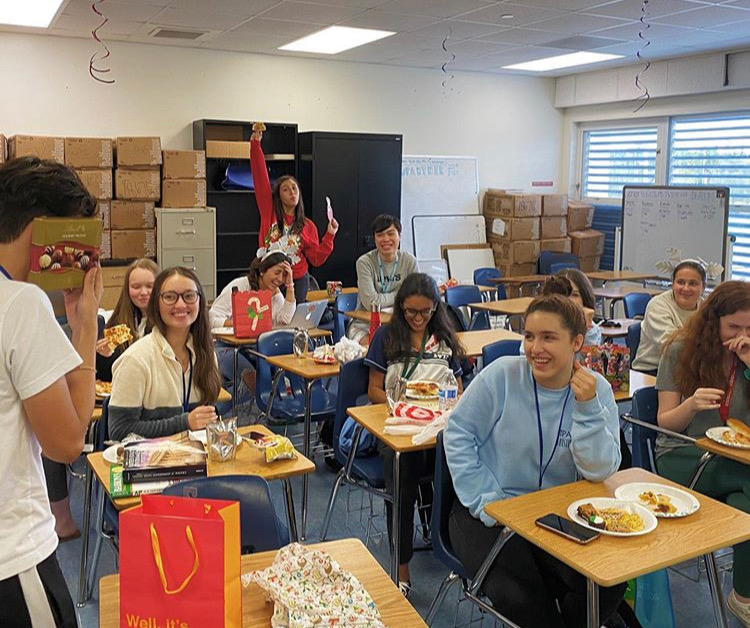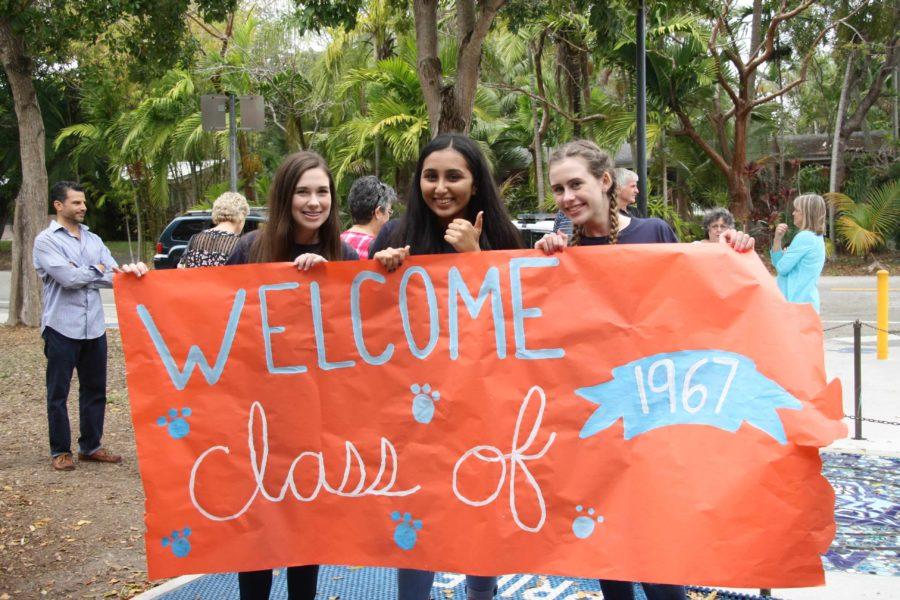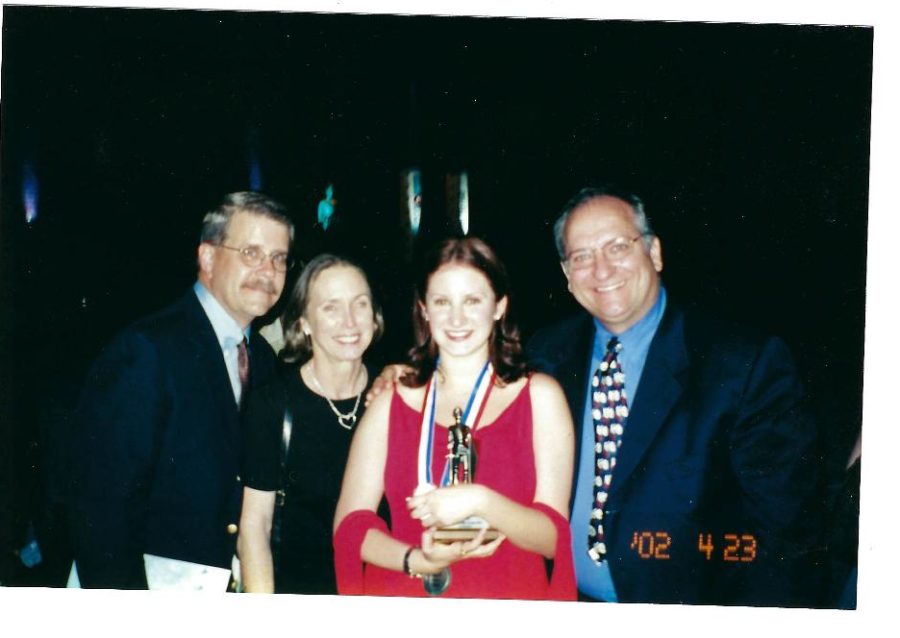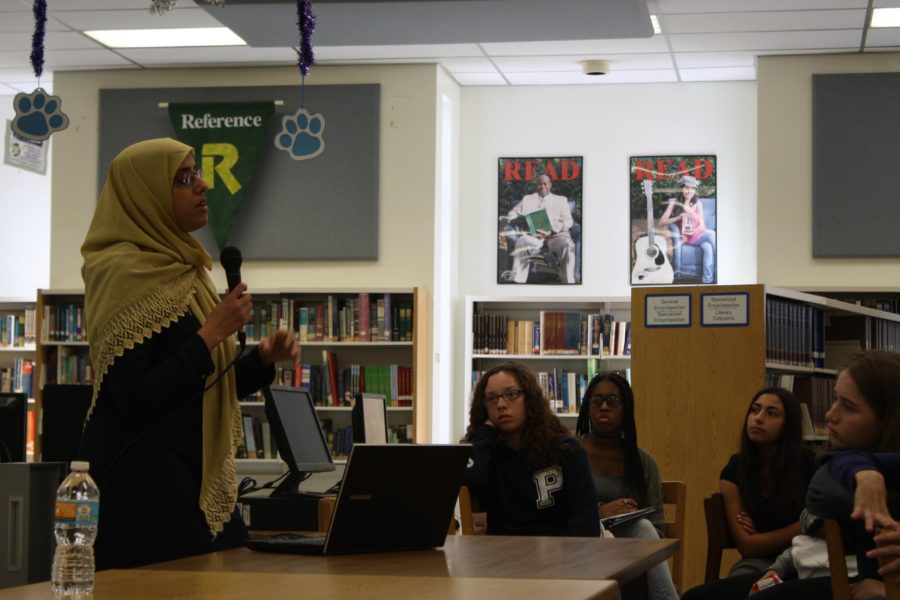January 12, 2010 began as just another day in Haiti for senior Yves Lavaud.
He went to pick up his mother and brother from work, as he did every day, but once he pulled out into the street, everything changed. The roads in front of him collapsed and there was no looking back.
“Everything around me began shaking. You could see the waves that were causing the ground to break, trees were swaying up and down, and buildings were falling all around. Nothing stood still,” Lavaud said. “The building directly behind my car fell, but I still wasn’t sure what was going on. I tried getting out of my car but once I realized the seriousness of the situation, I waited.”
When Lavaud finally got out of his car, he walked down the street only to find blood everywhere. Everyone was screaming out of pain, sorrow and confusion.
One year later, commercial life is slowly kicking back into gear. Haiti’s residents work hard to piece their lives back together out of nothing but hope and perseverance. Volunteers still pour into Port-au-Prince to help Haiti get back on its feet. Piles of rubble are still being hauled away, businesses are beginning to reopen and some damaged homes have undergone repairs.
Unfortunately, the overall reconstruction effort has been painfully slow. Some citizens wish to leave the nation as the spread of cholera and the politically-charged street violence confirmed that things will not be getting better soon.
Hospitals have been overwhelmed with cases of cholera. Due to the epidemic, over 2,700 deaths have occurred.
“Haiti is worse right now than ever,” senior Jackie Matnelier said. “Everything there is so chaotic. I couldn’t even go back during the holidays to spend time with my family.”
Most of Port-au-Prince remains damaged and covered in rubble, but the Iron Market stands out as one of the most successful projects in the area. The unique building is nearly complete. The restoration of this structure means a lot to the Haitians, as it always served as a lively place filled with Haitian spirit.
The Red Cross expects the recovery process in Haiti to take ten years. About $41.7 million was spent in the emergency response phase and about 70% of the remaining funds will go toward shelter and development.
Many question why Haiti has made such little progress with all the attention and support it has received. The fact remains that Haiti is the poorest country in the western hemisphere and suffered from problems prior to the earthquake like lack of infrastructure, few skilled workers, a weak government, a history of political violence and limited land.
At Palmetto, students continue to help the devastated nation. National Art Honor Society started a drive to collect school supplies to send to Haitian schoolchildren.
“We had been looking for a community service project to take part in and our secretary, Paula, knew someone who could send supplies to Haiti,” president of NAHS, senior Shannon Ross said. “Originally, we wanted to send art supplies but now we’re going to create educational posters that will teach kids how to tell time, multiply, etc.”
Even though a year has now passed, any additional help would mean the world to Haiti.

